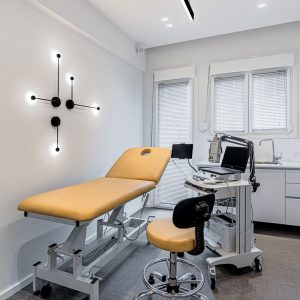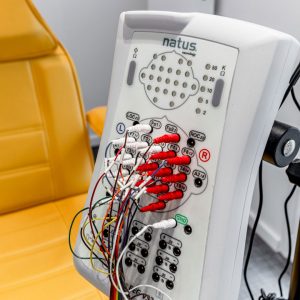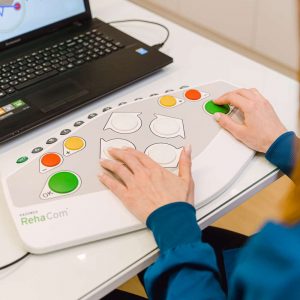Neurology today
Neurology deals with a wide range of disorders, affecting a significant and growing proportion of people. One in six people live with a neurological disease , which is often not treated, is not recognized and unfortunately several times is not even approached by the specialist doctor, ie the Neurologist. Globally, the specialty is considered insatiable. In most non – urban areas and especially in developing countries, the number of Neurologists is less than 3 per 100,000 inhabitants (compared to the European average that in large urban centers is close to 9 per 100,000 inhabitants).
People living with situations like strokes, migraines, dementia, epilepsy, multiple sclerosis, Parkinson’s disease, craniocerebral injuries, polyneuropathy and others, as well as people who should be investigated for symptoms such as dizziness, instability, headache, numbness and pain in the spine and extremities , do not always have access to the services of a Neurologist, or do not know how to turn to this specialty.
As the population ages (it is estimated that in less than 10 years the number of people worldwide over the age of 65 will jump from the current 350 million to 850 million), more and more people will reach ages where many degenerative and vascular diseases are common and will need the help of a specialist.
On the other hand, Neurology as a specialty, like Medicine as a whole, has been offering in recent years more accurate diagnoses and better treatments , so that people’s functionality, quality of life and life expectancy are constantly improving.
Important feature of the specialty of Neurology is the possibility of providing integrated services at the level of primary care.
Most people living with neurological conditions can be diagnosed and treated without the need for hospitalization. and receive services in outpatient clinics, day care units and at home. Especially with the development of the following years of telemedicine and tele-neurology, a significant amount of information regarding the monitoring of the patient will be exchanged with the doctor and the treatment team without the physical coexistence of the two parties in the same space. Thus it will be possible in real time for the doctor to be informed and to intervene by giving instructions from a distance, e.g. to modify the treatment received.
Another important field that has grown significantly in recent years is that of neurorehabilitation and in particular its cognitive rehabilitation , which includes a set of interventions provided by a team of scientists under the central guidance of the Neurologist and the Clinical Neuropsychologist and aimed at the rehabilitation of not only motor but also non-motor (cognitive, mental and behavioral) disorders that cause many diseases that affect the nervous system.


